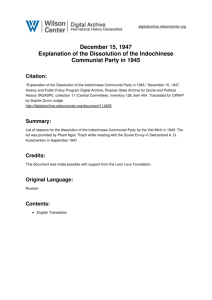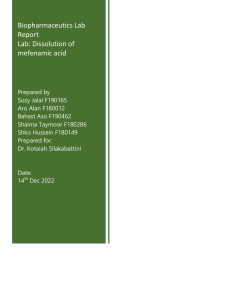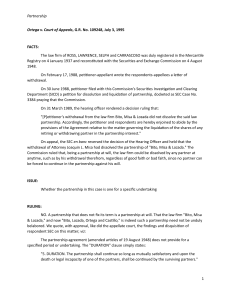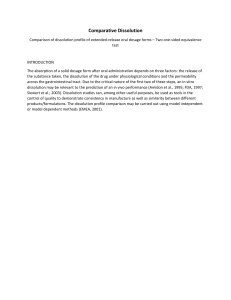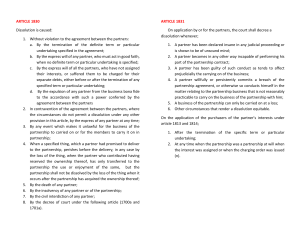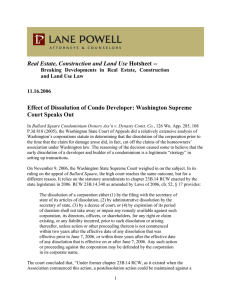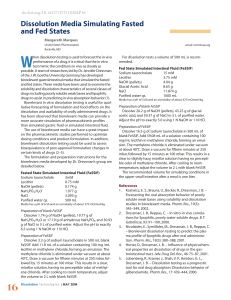Time-Resolved AFM and XAFS Investigations of Nickel Surface Precipitate Dissolution Mechanisms
advertisement
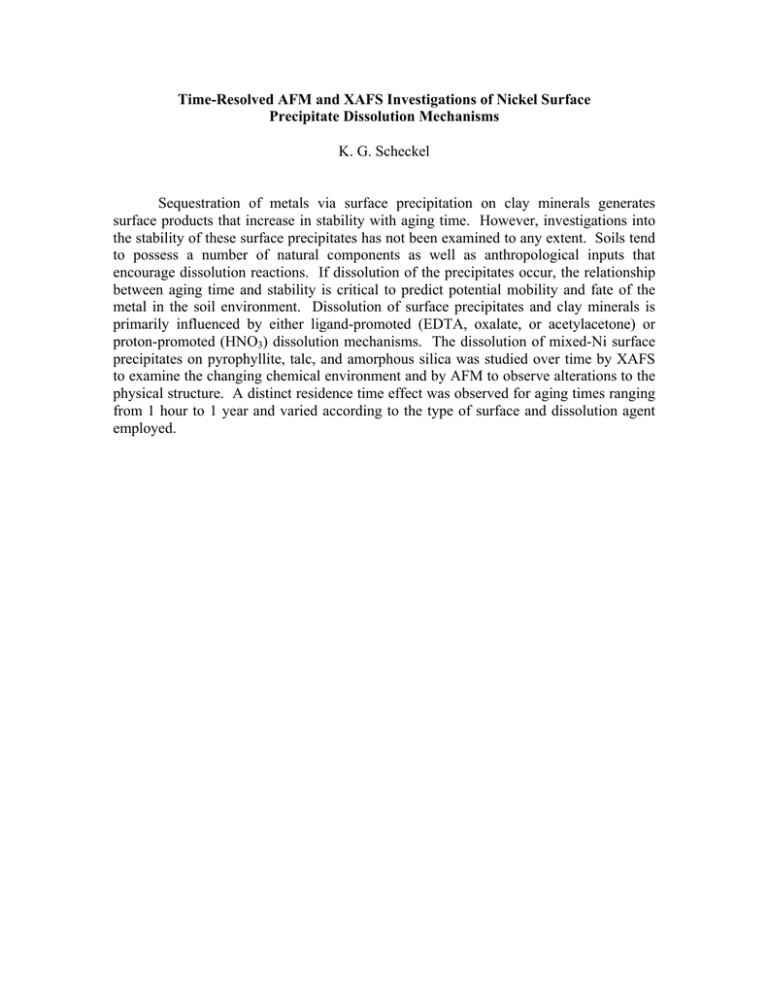
Time-Resolved AFM and XAFS Investigations of Nickel Surface Precipitate Dissolution Mechanisms K. G. Scheckel Sequestration of metals via surface precipitation on clay minerals generates surface products that increase in stability with aging time. However, investigations into the stability of these surface precipitates has not been examined to any extent. Soils tend to possess a number of natural components as well as anthropological inputs that encourage dissolution reactions. If dissolution of the precipitates occur, the relationship between aging time and stability is critical to predict potential mobility and fate of the metal in the soil environment. Dissolution of surface precipitates and clay minerals is primarily influenced by either ligand-promoted (EDTA, oxalate, or acetylacetone) or proton-promoted (HNO3) dissolution mechanisms. The dissolution of mixed-Ni surface precipitates on pyrophyllite, talc, and amorphous silica was studied over time by XAFS to examine the changing chemical environment and by AFM to observe alterations to the physical structure. A distinct residence time effect was observed for aging times ranging from 1 hour to 1 year and varied according to the type of surface and dissolution agent employed.




